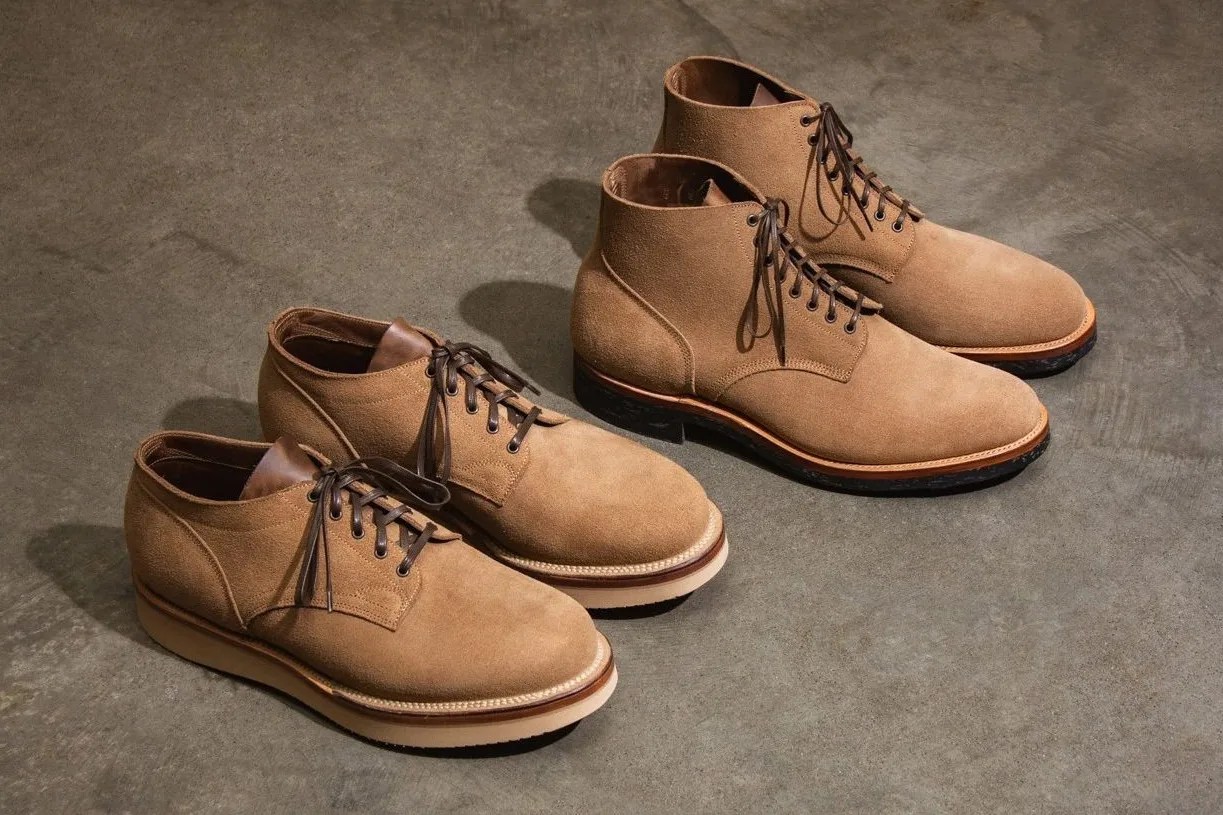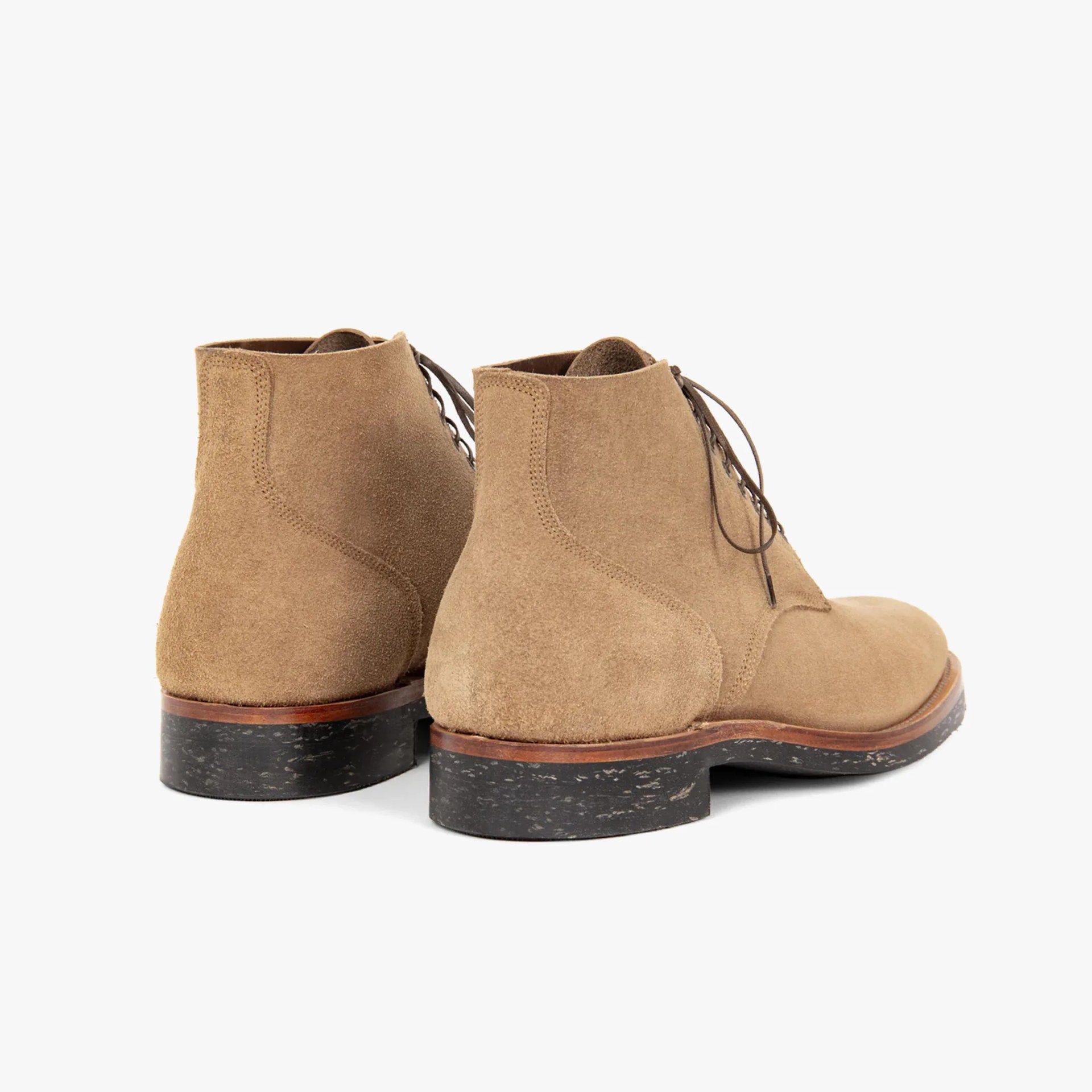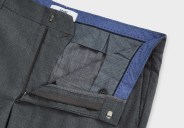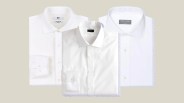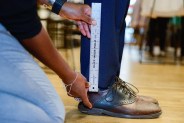During WWII, US soldiers needed durable, hardwearing footwear to traverse a variety of terrain. The Navy’s answer: the N-1 field shoes, aka “Boondockers” (military slang for describing a wooded, rural area), which found their way onto the feet of thousands of soldiers throughout the 1940s.
The N-1s had a couple signature traits — namely, roughout-leather uppers, dyed tan, and corded soles. Historically, the soles were crafted with repurposed car tires and leftover nylon to preserve materials during the war effort.
Since then, heritage-minded manufacturers like Oak Street Bootmakers and The Real McCoys have paid homage to the Boondocker, but few examples remain as faithful to the original as the Viberg N1 Boot, which just docked in the US after an exclusive run in Japan.
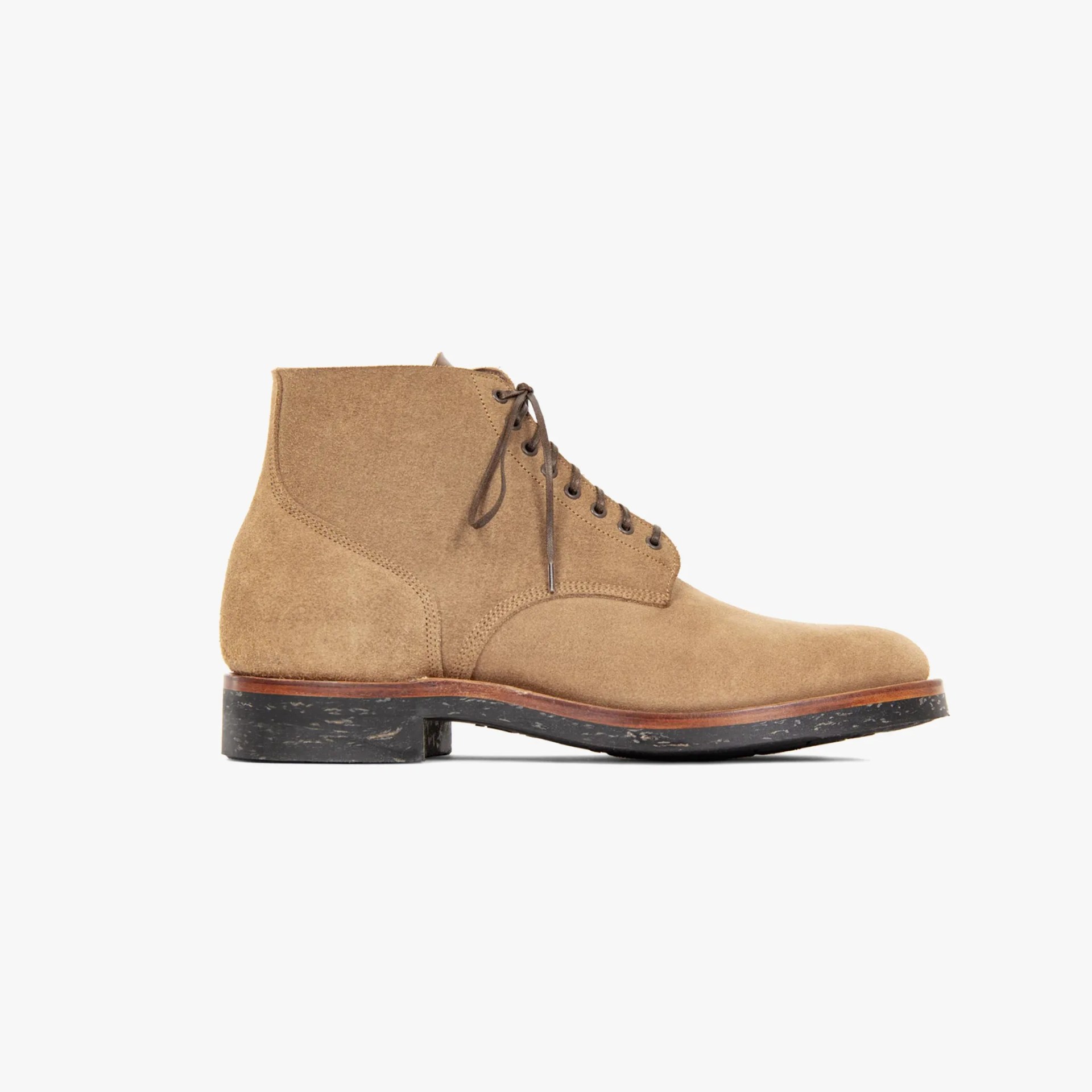 Viberg
VibergViberg N1 Boot
Roughout and ready
Viberg may be based in Canada but it tapped the legendary Horween Leather Co. (based in Chicago) for the main material of its N1 Boot.
The tannery was a storied supplier of materials during WWII and provided the US Armed Forces with as much leather as it could pump out in the first half of the 1940s.
